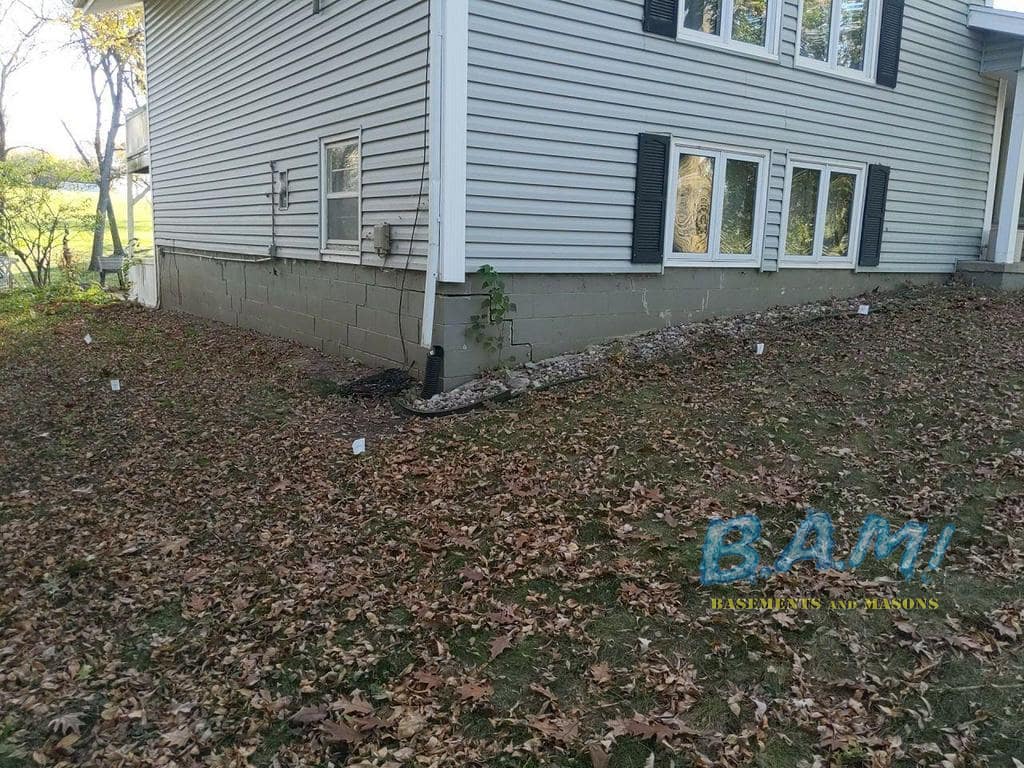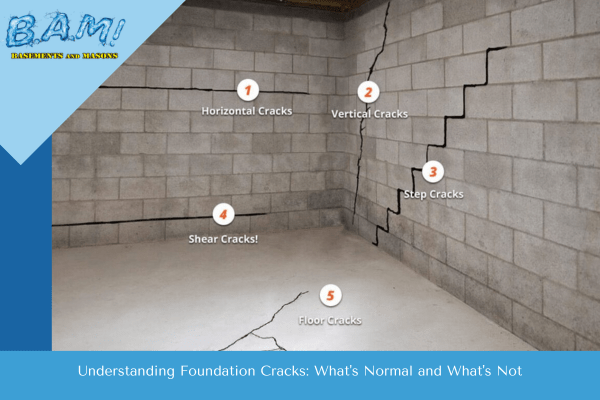Best Basement Waterproofing Fundamentals Explained
Best Basement Waterproofing Fundamentals Explained
Blog Article
Some Of Best Basement Waterproofing
Table of ContentsThe 7-Minute Rule for Best Basement WaterproofingSome Of Best Basement WaterproofingThe 9-Minute Rule for Best Basement WaterproofingSee This Report on Best Basement WaterproofingUnknown Facts About Best Basement Waterproofing
AdvantaClean's trained experts and specialists will find the water source. If wall surface or slab splits are present, we will infuse polyurethane and epoxies right into the fractures and secure the compromise, preventing further dampness from getting in.Mounting cellar air flow systems, conditioning systems, or cellar dehumidifier systems to get water out of your cellar. Selecting AdvantaClean's cellar waterproofing services is an effective method to treat dampness and avoid mold from jeopardizing the structure of your home and the wellness of your household.
If there's condensation outside of the foil, you have high moisture in your basement. Fix it with a mobile area dehumidifier or a whole-house humidifier system rather of waterproofing items. If the aluminum foil has condensation on the within surface area (alongside the wall), the soil around your home might be normally damp from a high water table or poor dirt drain.
You can waterproof just your interior wall surfaces, which may resolve the trouble. Or you can waterproof your outside wall surfaces, which is a better bet but even more expensive. Right here's the inside story on the various types: These thick coverings are cement-like. Once they dry, they stick permanently to concrete and masonry wall surfaces.
The Definitive Guide for Best Basement Waterproofing
Swirl the brush at the last phase of application to provide the wall an appealing, completed appearance. Concrete water-proof finishes can't be used to formerly painted surface areas; examine the tag. A 5-gallon bucket costs about $60. Additionally known as densifiers, they are suitable just for wall surfaces that have not been repainted or sealed.
You comb, roll, or spray it on much even more thickly one gallon covers simply 75 square feet, not the 300 square feet normal with common paint. Water-proof paint is fine for DIY application. You can apply it over painted surfaces, and paint over it once it's cured (one gallon costs $37).
It can set you back $10,000 to $15,000, depending on the work required (Best Basement Waterproofing). Exterior waterproofing involves excavating all around the home to the complete deepness of the foundation walls, then setting up a water resistant covering or membrane covered by drainage panels.
4 Easy Facts About Best Basement Waterproofing Explained
A basement without waterproofing is kind of like that. Your cellar doesn't want to go you could try these out through a downpour without proper security simply as much as you don't desire to.

Exterior waterproofing is a waterproofing technique that entails sealing your home from the exterior. It's sort of like a moat around a castle. It entails digging a trench around your entire residence down to the structure (about 8 to 10 feet down). The structure wall surfaces are after that cleaned, secured, and covered with a waterproof membrane layer or sealant.

The Basic Principles Of Best Basement Waterproofing
It's a much more engaged process that requires excavating up your yard, which is expensive and time-consuming. Outside waterproofing involves getting rid of every little thing surrounding the house, consisting of decks, driveways, sidewalks, landscaping, a/c systems, decks, and so forth. If any one of the work was done inaccurately and water is still entering your basement, there isn't much you can do to correct or fix it.
Inside basement waterproofing includes waterproofing from the inside. Any type of water that leakages into your basement is rerouted before it touches your floor.
It's an effective approach to water resistant your cellar. The drawback of interior basement waterproofing mainly Discover More has to do with the installation process.
8 Simple Techniques For Best Basement Waterproofing
To conclude, outside and indoor cellar waterproofing are both effective approaches of protecting your home from water damage. Exterior waterproofing creates an obstacle that protects against water from entering your home, while indoor waterproofing reroutes water that does enter your home. And it is very important to note that outside waterproofing is a costly and disruptive installation process when contrasted to indoor waterproofing.
Whichever approach you select, see to it you select a trustworthy and credible service provider for the job. Both techniques need skilled workers to manage the task. If you have any kind of concerns about basement waterproofing, please connect to us. And if you're in our service location and have water in your cellar, call us for a totally free, no-obligation home evaluation.
You can submit our form right here. Best Basement Waterproofing, start a chat in the bottom right-hand corner, or call us at 1-800-827-0702
Report this page